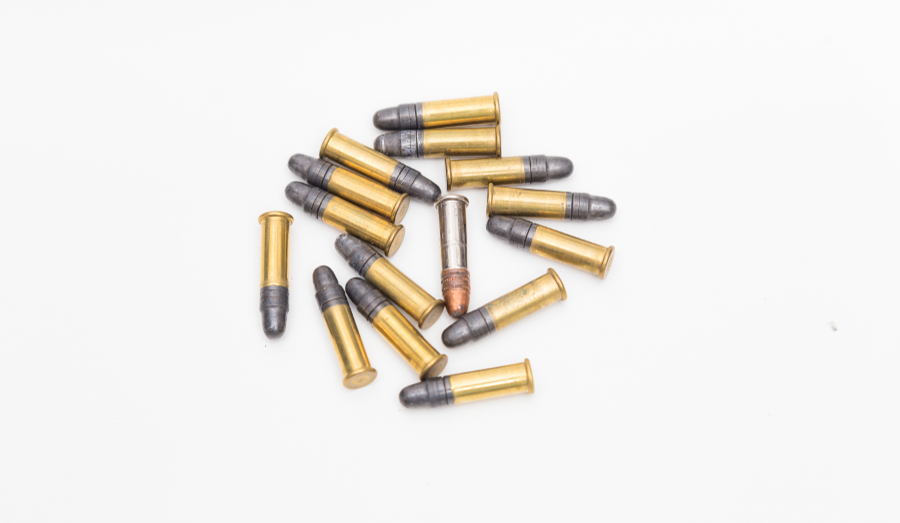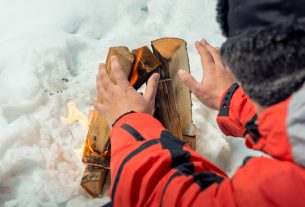When looking back at the history of firearms, the development of brass-cased ammunition happened relatively quickly. From foil-wrapped gunpowder to pinfire ammunition to rimfire ammunition to centerfire ammunition, within only a few decades it seemed that hunters, sport shooters, and militaries migrated from muzzleloading muskets to the centerfire rifle ammunition that is still in use today.
Rimfire ammunition was incredibly popular for a time during the mid-19th century, with numerous rimfire calibers existing for .38-caliber and .44-caliber revolvers, as well as rimfire cartridges larger than .50-caliber for rifles. But over time the advantages of centerfire ammunition won out, and today we are left with only a handful of rimfire cartridges. The most popular of those still in existence is the .22 Long Rifle (.22 LR).
The .22 LR is by far the most popular rimfire cartridge in the US and the world today. It’s estimated to be among the top-5 cartridges sold in the US, with around 6-10% market share. If you come across a recently-manufactured rimfire or “.22” firearm today, there’s probably about a 98% chance that it’s chambered in .22 LR.
The .22 LR traces its origins back to 1845 and the development of the Flobert series of rimfire cartridges. From the .22 BB Cap to the .22 Short to the .22 Long to the .22 Extra Long, rimfire development of .22-caliber cartridges continued until the .22 LR was introduced in 1887. The cartridge quickly gained in popularity, and is now the most-produced firearm cartridge worldwide.
Featuring a 40-grain bullet traveling at about 1,100-1,200 feet per second from a rifle barrel in its standard load, the .22 LR isn’t the most powerful cartridge around. But it is perfectly adequate for hunting small game up to about the size of coyotes. While it is often used by poachers to take deer, that requires precise shot placement. Energy-wise, the .22 LR should not be used to take large game animals. However, it is still dangerous to human beings and care should be taken when firing .22 LR firearms.
Because of its low energy, light recoil, and low noise, the .22 LR is often chosen for a child’s first firearm, or to teach those new to shooting. Subsonic loads are available that offer very low muzzle report. And because .22 LR rounds can once again be found for less than 3 cents per round, the .22 LR is a very popular round for training new shooters, plinking at tin cans, and general shooting fun.
The .22 LR is also very popular with those who shoot suppressed firearms, as the low volume of gunpowder makes it very easy to suppress and very easy to shoot quietly. A suppressed .22 LR firearm firing subsonic ammunition can often be fired without the need for hearing protection.
If you come across older .22 firearms, you’ll have to be careful that they aren’t chambered for shorter .22 rimfire cartridges such as .22 Short or .22 Long. Firearms chambered for those cartridges won’t be able to be used with .22 LR ammunition. And older firearms chambered for .22 LR should be used with standard velocity or subsonic ammunition, not with the newer high velocity ammunition that is available on the market today.
Because .22 LR ammunition is available just about everywhere, it can and should be a part of every prepper’s armory. It’s cheap, readily available, quiet, can be used to harvest small game for food, and can be used for self defense in a pinch. If you don’t have a .22 LR firearm already, make sure to get one.
This article was originally posted on Red Tea News.





